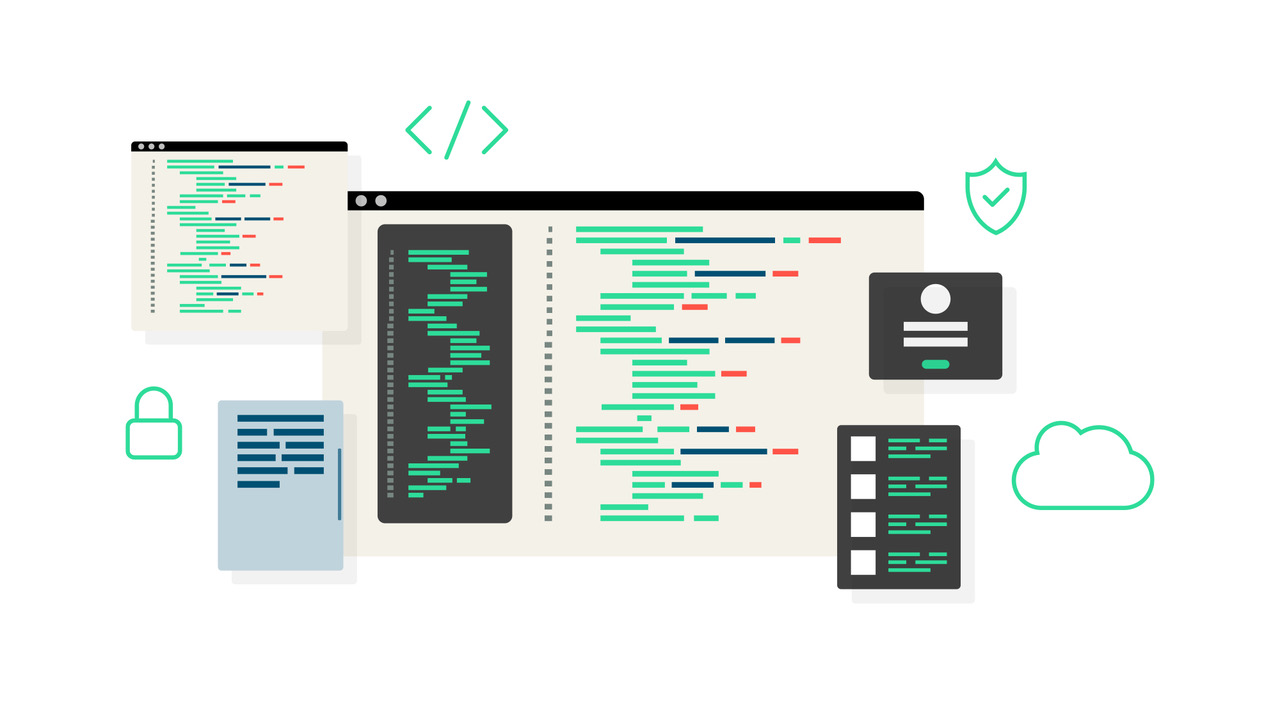Introduction to IoT and APIs
This network of interconnected devices not only collects valuable data but also automates tasks in innovative ways, making our lives more efficient and connected. Central to this technological marvel are Application Programming Interfaces (APIs). They act as the vital communication channels, facilitating seamless data exchange and command transmission between devices and applications, akin to translators in a multilingual conference, ensuring every participant understands each other.
The Expansive Role of APIs in IoT
APIs are critical in the IoT landscape, enabling devices and applications to interact in a cohesive and productive manner. Imagine a world where your fitness tracker communicates your health metrics directly to your doctor's systems, or your home appliances optimize their energy usage based on real-time data. This is the reality made possible by APIs. In the specific context of Com4, our APIs play a pivotal role in collecting and transmitting connectivity-related data from our mobile core to the Connectivity Management Platform (CMP). This platform isn't just a dashboard; it's a comprehensive control center for managing device connectivity. Whether it's modifying subscription plans, adding services, analyzing data, or generating detailed reports, our APIs make these functionalities accessible, customizable, and integrable into customers' existing systems.
Benefits of APIs in IoT
APIs in IoT extend beyond basic functionality; they bring a multitude of transformative benefits:
- Remote Access and Management: In today's globalized world, APIs are indispensable for providing remote control and monitoring of devices. This feature becomes crucial in various applications like efficiently managing fleets across continents or ensuring real-time monitoring of critical industrial equipment.
- In-Depth Data Analysis and Insights: The data collected from IoT devices holds immense potential. APIs act as the conduits that transfer this data to sophisticated analytical platforms, where it is transformed into actionable insights, fostering innovation and strategic decision-making.
- Enhanced Automation and Efficiency: By automating repetitive and manual tasks, APIs streamline operations across industries. With Com4's API, these advantages are not just theoretical but practically attainable. Our users, through the CMP, can integrate IoT data into their existing ecosystems, tailoring their operational models to harness the full potential of IoT.

Diverse types of APIs in IoT and their applications
In IoT, APIs come in various forms, each tailored to meet specific needs:
- Public APIs: These are the pillars of open innovation, available to all developers. They facilitate the integration of diverse system features into applications, spurring creativity and development in the IoT space.
- Partner APIs: Restricted to authorized partners, these APIs ensure a secure and seamless integration between partner systems and the API provider's devices, enabling a collaborative and controlled environment.
- Internal APIs: The linchpins of internal efficiency, these APIs are utilized within an organization to enhance the connectivity and communication between internal applications and devices, optimizing internal workflows.
- Composite APIs: A step towards enhanced efficiency, these APIs amalgamate multiple API requests into a single call. This not only reduces the load on servers but also simplifies the interaction process for developers.
Deep Dive into API Functionality: Data Formats and Architectures
Understanding how APIs work is key to appreciating their role in IoT. REST APIs, for instance, have gained prominence due to their simplicity and adaptability. They use standard protocols like HTTP or CoAP for streamlined communication within IoT devices. The RESTful client-server architecture ensures that requests made using standard HTTP methods (GET, POST, DELETE, PUT) are answered efficiently, with responses typically in formats like JSON or XML, favored for their readability and structure.
APIs in Action: Transforming Industries
- Fleet Management: APIs empower companies to remotely track and manage vehicles, enhancing route efficiency and fuel management.
- Smart Homes: In the realm of home automation, APIs enable smart devices to communicate with central hubs, orchestrating a symphony of personalized and automated living experiences.
- Remote Healthcare: The healthcare industry benefits immensely from APIs, as they enable medical devices to transmit patient data securely to healthcare providers, facilitating remote monitoring and timely interventions.
APIs - The Cornerstone of IoT's Future
APIs are not just the backbone but the lifeblood of communication in the IoT landscape. They provide a standardized, efficient way for devices and applications to interact, unlocking endless possibilities in the connected world. As the realm of IoT continues to expand and evolve, APIs will undoubtedly play an integral role in shaping innovative solutions that enhance our lives and revolutionize industries.
Embrace the Future with Com4’s REST API
Experience the power of IoT with Com4’s REST API. Our reliable connectivity combined with our advanced API technology enables you to communicate with connected devices at scale, unlocking powerful insights and pioneering new experiences. Discover how Com4 can elevate your IoT deployment to new heights.

 CASE STUDY
CASE STUDY




.png)

